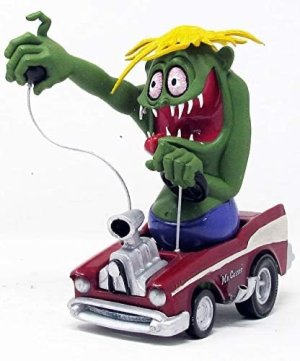As ship modelers we have a responsibility to represent our subjects with historical accuracy, since much of the purpose is to inform and educate. Egregious historical errors make our efforts fail; in this duty. However, historical accuracy is imprecise, especially when basic information is not available. In the purest sense, reconstructions of Santa Marias, Half Moons and dozens of famous ships can all be considered suspect at least. But we also have a duty to attempt these reconstructions to bring what we do know of ships prominent in our past to satisfy natural curiosity and perhaps add to the process of a better understanding of these subjects.
I particularly enjoy being a ship in bottle builder because there seems to be a common understanding ship in bottlers are up to no good anyway, so there is a creative freedom in approaching each project. Yes, I strive to be accurate, but even more so, I strive to enjoy to enjoy myself and the results of my efforts. In the kindest possible way, John Millar pointed out errors I made in my model of Raleigh a few years ago, and I will remember these for future projects, but I am really no less pleased with how she came out






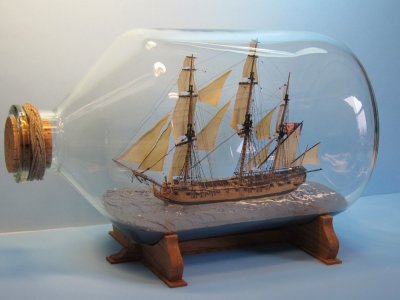


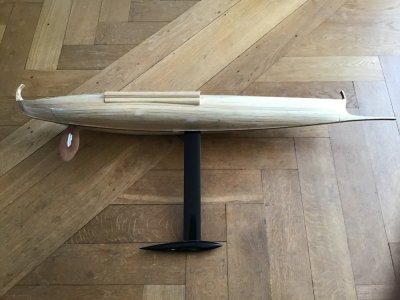
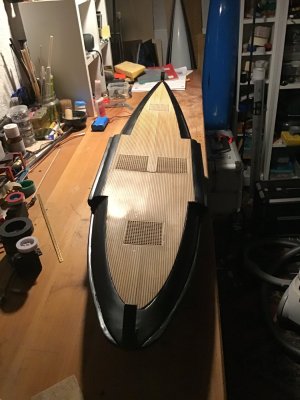
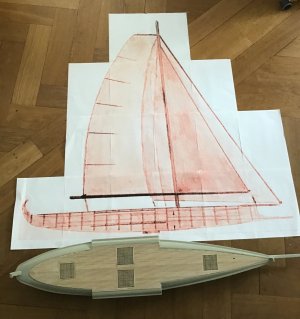



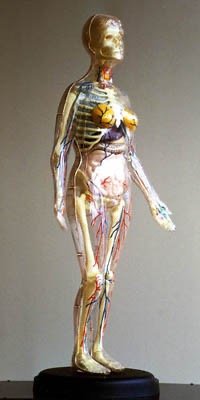
 Enough reminiscing on days of old as this is a total hijack of the original thread. Time to move on.
Enough reminiscing on days of old as this is a total hijack of the original thread. Time to move on.